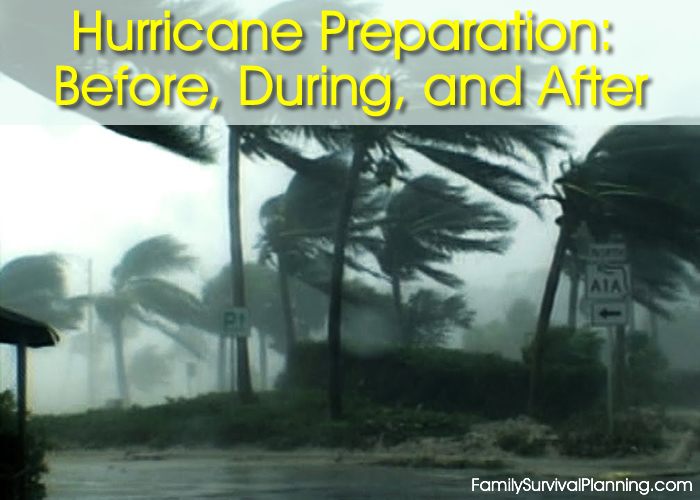- HOME
- Natural Disaster Survival
- Winter Survival
Winter Survival Or
3 Ways To Die in Winter

I know that's a very negative and unpleasant statement, but we need to think about it and prepare — so NO ONE dies.
But let's face it, winter is a more dangerous time and we need to be prepared. We all know that winter comes somewhere on this planet all year around.
Invest in emergency food storage now and enjoy peace of mind for the next 25 years. Don't miss out on the savings!
Because we are mammals, we are affected by the shorter, colder days. Some become anxious and fearful without knowing why. Others get Seasonal Affective Disorder (SAD).
Most of us would prefer to just curl up in front of the fireplace with a good book, or stay in bed. We would feel safe if we could just do that.
But then life happens. We have to go to work, eat, shop — live our lives. But it is dangerous out there. Throw in the increased possibility that you may lose electrical power due to vicious winter storms and then it can get really dangerous. An hour or so without power is not a big deal, but what if it's for hours or days, or longer.
3 Ways You Could Die in Winter
- Do you have enough food for an extended power outage? Starvation is not a good way to die.
- If you need to leave home when it's 10 degrees (or 10 degrees below zero), hypothermia could mean death.
- Being stranded in a winter storm could mean death. (Always check the weather report before traveling in winter.) Are you prepared with a complete emergency bag in your car at all times?
So let's prepare . . .
What To Do Before Winter Storms Threaten
1. Assemble supplies to survive on your own for at least three days.
- Be sure to include winter specific items such as rock salt (or equivalent product) to melt ice on walkways, sand to improve traction, snow shovels, and other snow removal equipment.
- Keep a good supply of food in your pantry or plan to use your food storage. (plus 72-hour kits)
- Maintain several days' supply of medicines, water, and food that needs little or no cooking or refrigeration, such as freeze-dried or canned foods.
- Purchase a solar powered radio to keep in contact with the outside world for any important news and weather reports.
2. Prepare for possible isolation in your home.
- Have emergency heating equipment and fuel so you can keep at least one room of your home at a livable temperature. If a thermostat controls your furnace and your electricity is cut off by a storm, you will need emergency heat.
- Kerosene heaters are a good emergency heating option.
- A wood-burning stove (preferably a pellet stove) will keep your home warm and may provide a way to cook depending on the type of stove. Stock up on wood or pellets. A regular fireplace is not very good for this purpose as it expels most of the heat out the chimney and a gas fireplace will not work without electricity.
- Keep fire extinguishers on hand and make sure your household knows how to use them.
3. Winterize your home to extend the life of your fuel supply.
- Insulate walls and attics.
- Caulk and weather-strip doors and windows.
- Install storm windows or cover windows with plastic sheeting.
What To Do During Winter Storms
1. Listen to your radio, television, or solar radio (with battery backup) for weather reports and emergency information.
2. Eat regularly and drink ample fluids (avoid alcohol).
3. Dress for the season:
- Wear several layers of loose-fitting, lightweight, warm clothing rather than one layer of heavy clothing. The outer garments should be tightly woven and water-repellent.
- Mittens are warmer than gloves.
- Wear a hat; most body heat is lost through the top of the head.
- Cover your mouth with a scarf to protect your lungs.
4. Be careful when shoveling show. Overexertion can bring on a heart attack—a major cause of death in the winter. If you must shovel snow, stretch before going outside and don't overexert yourself.
5. Watch for signs of frostbite: loss of feeling and white or pale appearance in extremities such as fingers, toes, earlobes, or the tip of the nose. If symptoms are detected, get medical help immediately.
6. Watch for signs of hypothermia: uncontrollable shivering, memory loss, disorientation, incoherence, slurred speech, drowsiness, and apparent exhaustion. If symptoms of hypothermia are detected, get the victim to a warm location, remove any wet clothing, warm the center of the body first, and give warm, nonalcoholic beverages if the victim is conscious. Get medical help as soon as possible.
7. When at home:
- Conserve fuel if necessary by keeping your residence cooler than normal. Temporarily close off heat to some rooms.
- When using Kerosene heaters, maintain ventilation to avoid buildup of toxic fumes. Refuel kerosene heaters outside and keep them at least three feet from flammable objects.
Take Special Precautions Before Traveling
About 70% of winter deaths related to snow and ice occur in automobiles. Consider public transportation if you must travel. If you travel by car, travel in the daytime, don't travel alone, and keep others informed of your schedule. Stay on main roads; avoid back-road shortcuts.
1. Winterize your car. This includes a battery check, antifreeze, wipers, and windshield washer fluid, ignition system, thermostat, lights, flashing hazard lights, exhaust system, heater, brakes, defroster, oil level, and tires. Consider snow tires, snow tires with studs, or chains. Keep your car's gas tank full.
2. Carry an auto emergency kit of disaster supplies in the trunk of your car. The kit should include:
- shovel
- windshield scraper
- battery-powered radio
- flashlight
- extra batteries
- water
- snack food
- mittens
- hat
- blanket
- tow chain or rope
- tire chains
- bag of road salt and sand
- fluorescent distress flag
- jumper/booster cables
- road maps
- emergency flares
- cell phone or 2-way radio
3. If a blizzard traps you in your car:
- Pull off the highway. Turn on hazard lights and hang a distress flag from the radio aerial or window.
- Remain in your vehicle where rescuers are most likely to find you. Do not set out on foot unless you can see a building close by where you know you can take shelter. Be careful: distances are distorted by blowing snow. A building may seem close but be too far to walk to in deep snow.
- Run the engine and heater about ten minutes each hour to keep warm. When the engine is running, open a window slightly for ventilation. This will protect you from possible carbon monoxide poisoning. Periodically clear snow from the exhaust pipe.
- Exercise to maintain body heat but avoid overexertion. In extreme cold, use road maps, seat covers, and floor mats for insulation. Huddle with passengers and use your coat for a blanket.
- Take turns sleeping. One person should be awake at all times to look for rescue crews.
- Drink fluids to avoid dehydration.
- Be careful not to waste battery power. Balance electrical energy needs—the use of lights, heat, and radio—with supply.
- At night, turn on the inside light so work crews or rescuers can see you.
- If stranded in a remote area, stomp large block letters in an open area spelling out: HELP or SOS and line with rocks or tree limbs to attract the attention of rescue personnel who may be surveying the area by air.
- Once the blizzard passes, you may need to leave the car and proceed on foot.
It may be a good idea to print out these suggestions for surviving winter storms and keep a copy in your glove box. The best advice, however, is to tune into the weather forecast before venturing out in winter to avoid having to deal with these conditions.















